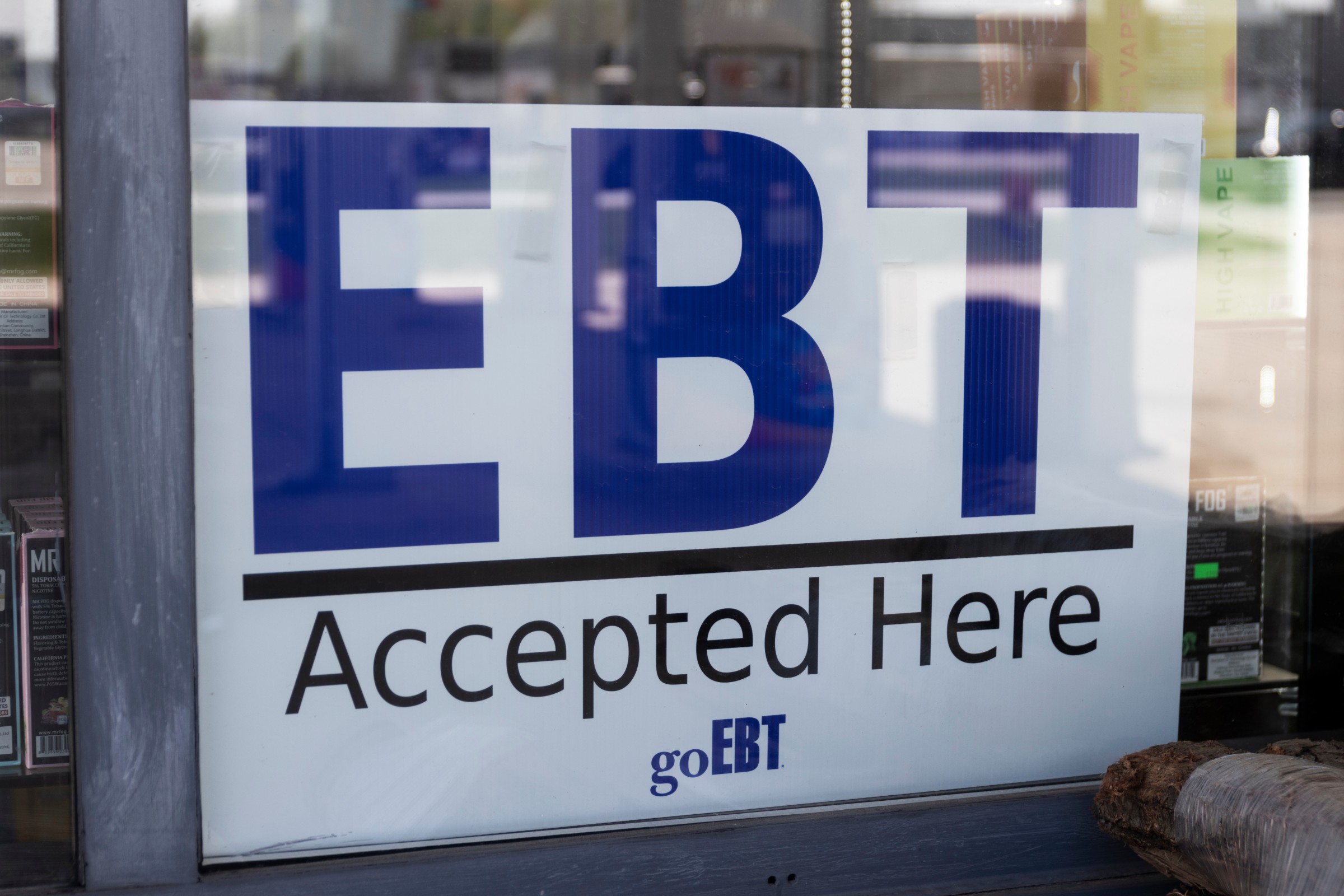The Supplemental Nutrition Assistance Program (SNAP) is designed to provide food assistance to low-income households across the United States. Eligibility for SNAP benefits is determined based on several factors, including household size, income, and resources. To receive SNAP benefits, individuals and families must meet certain income requirements.
The program sets gross and net monthly income restrictions, which vary based on household size. Gross income includes all income before taxes and deductions, while net income is the income remaining after allowable deductions, such as housing and childcare costs, are considered. It is important to note that some income, such as Social Security benefits, may not count towards the income limit. Understanding the income eligibility requirements for SNAP benefits can be complex, but it is essential to access this vital program.
To be eligible for SNAP benefits, individuals and households must meet specific income requirements based on their household size. The program uses two different measures of income to determine eligibility: gross monthly income and net monthly income. Gross monthly income is calculated as all income before taxes and deductions. In contrast, net monthly income is calculated as gross income minus certain allowable deductions, such as housing and childcare costs.
To qualify for SNAP based on gross monthly income, your income must be at most 130% of the poverty level for your household size. To meet the net monthly income eligibility standards, your income must equal or less than the U.S. poverty level.
The highest income levels for SNAP benefits in the fiscal year 2023 went into effect on Oct. 1, 2022. It’s important to note that certain types of income, such as Social Security benefits, may not count towards the income limit, and allowable deductions may vary by state. Understanding the income requirements for SNAP benefits can help individuals and households determine if they are eligible for this vital program.
It’s important to note that some types of income, such as Social Security benefits or certain forms of veteran’s benefits, may not count towards the income limit. Additionally, allowable deductions may vary depending on the state in which the household resides. Understanding the income requirements for SNAP benefits can help households determine their eligibility and access this important program to help ensure access to nutritious food.
The Evolution of SNAP: From Food Stamps to EBT Cards
The Supplemental Nutrition Assistance Program (SNAP), formerly known as the Food Stamp Program, is a federal program designed to provide food assistance to low-income households in the United States. Although SNAP is administered by the U.S. Department of Agriculture (USDA), it is implemented at the state level through local offices. The program provides eligible households with Electronic Benefits Transfer (EBT) cards, which function like a debit cards and can be used to purchase eligible food items at authorized retailers.
The transition from physical food stamps to EBT cards has made it easier for SNAP recipients to access their benefits and purchase food with greater dignity and discretion. Unlike physical food stamps, EBT cards can be used like any other debit card, and the amount of benefits is automatically deducted from the recipient’s account at the time of purchase. This has reduced the stigma associated with using food stamps and has made it easier for recipients to purchase healthy, nutritious food for themselves and their families.
USDA Announces Increased SNAP Allotments for 2023
The United States Department of Agriculture (USDA) recently announced an increase in Supplemental Nutrition Assistance Program (SNAP) benefits for the fiscal year 2023. This increase will affect the 48 contiguous states and the District of Columbia, Hawaii, Guam, the U.S. Virgin Islands, and Alaska.
For families of four receiving the maximum allotment in the 48 states and D.C., benefits will increase to $939. In Alaska, the maximum allotment for a family of four will range from $1,172 to $1,819; in Hawaii, it will be $1,794. In Guam, the maximum allotment for a family of four will be $1,385; in the U.S. Virgin Islands, it will be $1,208. Additionally, the minimum benefit for the 48 states and D.C. will increase to $23 and will also increase in Alaska, Guam, Hawaii, and the U.S. Virgin Islands.
This increase in SNAP benefits is aimed at helping low-income families access healthy and nutritious food, reducing food insecurity, and promoting overall well-being. The increased benefits will allow families to purchase a wider variety of food, which can help to improve their health and quality of life. The announcement by the USDA underscores the importance of SNAP in supporting the nutritional needs of low-income families and providing a critical safety net during economic hardship.
The Impact of Increased SNAP Allotments on Low-Income Families
The increase in SNAP allotments announced by the USDA for the fiscal year 2023 is expected to impact low-income families across the country significantly. The additional funds will provide families with greater access to healthy and nutritious food, reducing the risk of food insecurity and related health problems.
Research has shown that the SNAP program positively impacts the health outcomes of low-income families. A study conducted by the Center on Budget and Policy Priorities found that SNAP participation is associated with a lower risk of chronic diseases, such as diabetes and heart disease, among low-income adults. The increase in SNAP allotments will further support the health and well-being of low-income families and can help to reduce health disparities.
In addition to supporting the health of low-income families, the increase in SNAP allotments can positively impact local economies. Studies have shown that SNAP benefits are often spent locally, which can stimulate economic growth and support small businesses in the community.
In conclusion, the increased SNAP allotments for the fiscal year 2023 will significantly impact the lives of low-income families across the United States. The additional funds will provide families with greater access to healthy and nutritious food, reducing the risk of food insecurity and related health problems. Furthermore, this increase can also positively impact local economies by stimulating economic growth and supporting small businesses.
The SNAP program has long been an important safety net for millions of Americans facing economic hardship. The increased allotments announced by the USDA underscore the critical role of this program in supporting the nutritional needs of low-income families and in promoting overall well-being. As the nation continues to face economic challenges, we must invest in programs like SNAP that help ensure that all Americans have access to the food and resources they need to thrive.






